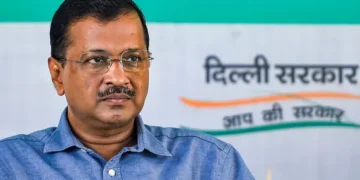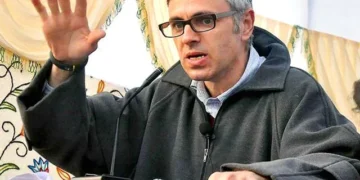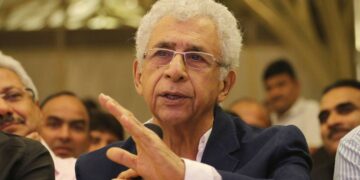While only an unforeseen political catastrophe can prevent President Xi Jinping from securing his third term and becoming China’s eternal leader in late 2022, the autocrat is clearly in for a most challenging term with the Communist nation showing signs of strategic over-stretch on both foreign and domestic fronts.
President Xi’s “Chinese Dream” for national rejuvenation, floated when he took over the Middle Kingdom in 2012, today faces serious challenges with economic downturn and growth forecasts cut, increased Covid cases leading to draconian lockdowns and increasingly restive population, and a seemingly unrepairable crack in its bilateral relations with the US post House Speaker Nancy Pelosi’s visit to Taiwan this month.
While President Xi’s power projection over Taipei in the form of flying over 400 fighters, nuclear capable bombers and numerous warships in Taiwan Straits may have won him brownie points with his domestic audience and supporters of Communist Party of China (CPC) abroad, there is little evidence that Beijing will resort to force application on the breakaway Republic without paying huge political and economic costs.
With several countries in Indian sub-continent and Africa squeezed by the Chinese BRI debt trap and the Indo-Pacific rattled by PLA’s belligerence since the past decade, the global mood over Beijing is overall negative as President Xi Jinping along with his “no limits” friend Vladimir Putin of Russia are seen as two major contributors to global instability. The increasingly youth joblessness in China accompanied by an interest rate cut shows that economy is of serious concern to the Communist leadership post secretive Beidaihe conference, which apparently ended on August 14.
This was evident from the fact that Chinese Prime Minister Li Keqiang immediately flew to Shenzhen to preside over a symposium with the main leaders of the provincial governments with large economies on their economic situation. At the meeting, PM Li said the six economically large provinces, which account 40 per cent of China’s economy, must take lead and stabilize the economy and generate employment. The leadership reaction is obvious as major global investment banks have cut China’s growth estimates, way below the government’s target of around 5.5 per cent.
While the nationalistic Han population may have been digressed from the real issues of endless lockdowns, weak real estate market and job prospects by the Chinese war dance in Taiwan Straits, the grim reality of a looming economic crisis just simply cannot be wished away.
To add to this are rejection of Chinese companies by the west and the clampdown on hitherto free technology transfer has made life difficult for the Chinese manufacturing sector. Simply put, US is no longer interested in dishing out free lunches to China and the bilateral relations appear headed for worse times.
With American and European companies looking for alternate venues for investment and manufacturing, the time has come for democratic India to provide the other option to the global companies. It is in this context that Prime Minister Narendra Modi’s clarion call from Red Fort on August 15, 2022, about shedding casualness and move towards “Aatmanirbhar Bharat” makes ample sense. It is a once in a lifetime opportunity for Indian manufacturing that will make or break India’s dream to be developed country in next 25 years.
The Chinese wolf-warriors had painted a picture of by-passing US as the largest economy and super-power by the end of this decade with tributary states paying obeisance to the Middle-Kingdom. But the bellicose attitude of President Xi Jinping towards India in East Ladakh, Taiwan, Australia, Japan and US have made the democratic world wake up and join hands to push back on aggressive Communist China.
Clearly, China will have to recalibrate its dreams of becoming numero uno power as the current strategic over-stretch is leading to growing political instability.























